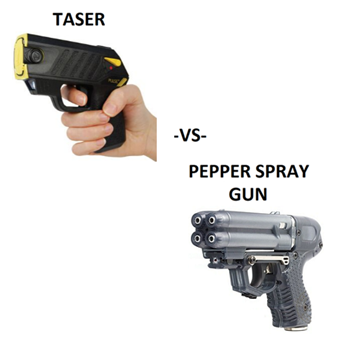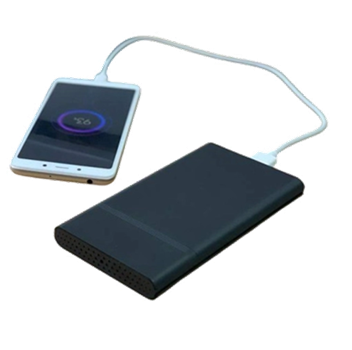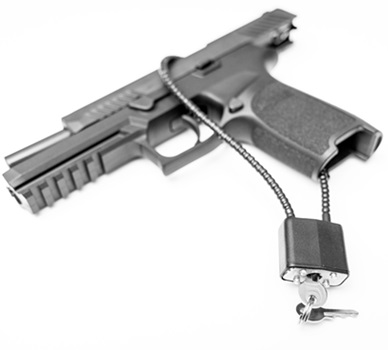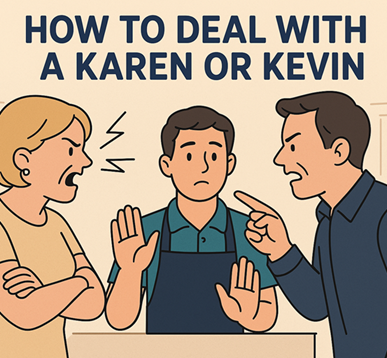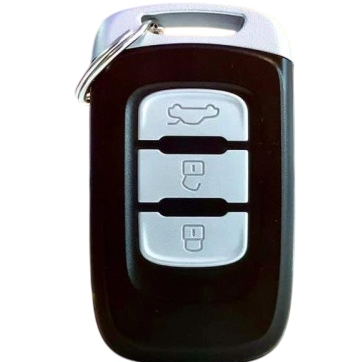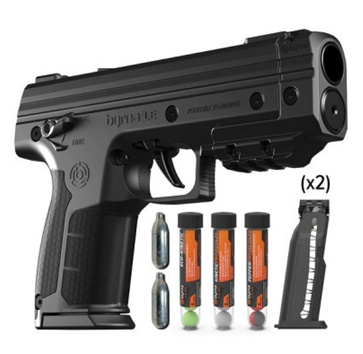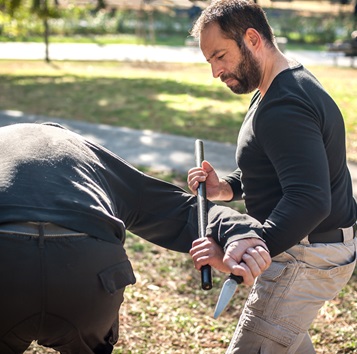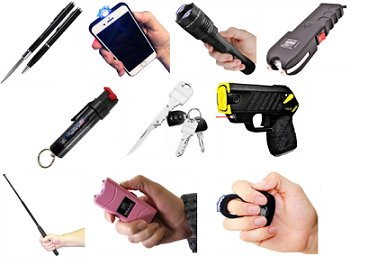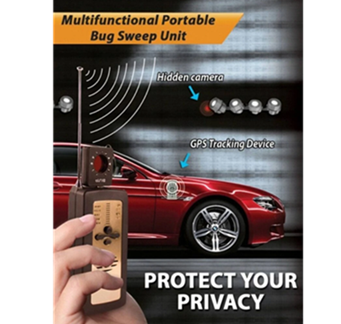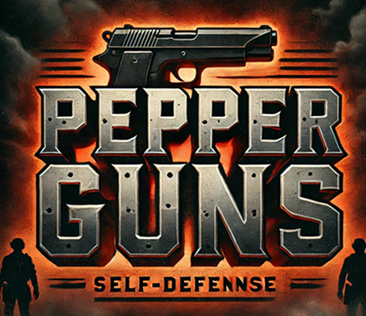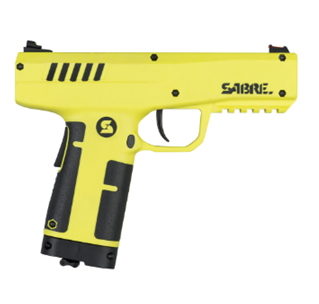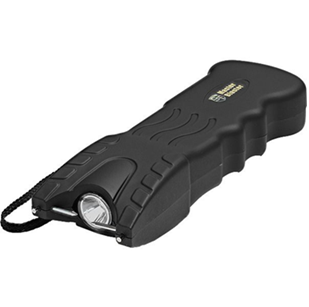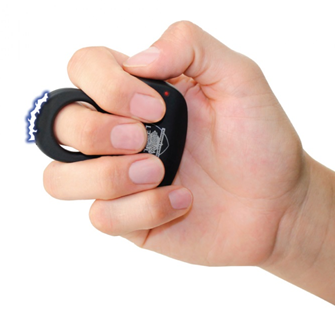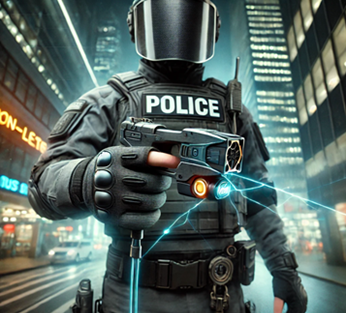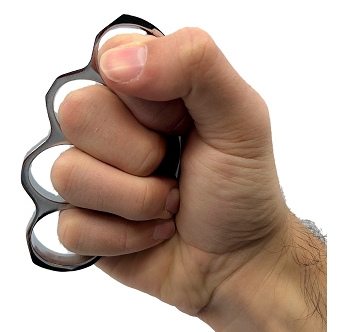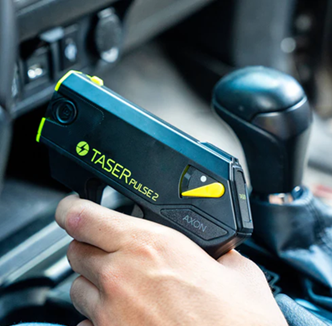Stun Guns for Home Defense: What You Should Know
 In an era where personal safety is paramount, many homeowners are exploring various options for home defense. Among these options, stun guns have gained popularity as a non-lethal alternative to traditional firearms. This comprehensive guide will delve into the world of stun guns for home defense, providing you with essential information to make an informed decision about incorporating this tool into your home security strategy.
In an era where personal safety is paramount, many homeowners are exploring various options for home defense. Among these options, stun guns have gained popularity as a non-lethal alternative to traditional firearms. This comprehensive guide will delve into the world of stun guns for home defense, providing you with essential information to make an informed decision about incorporating this tool into your home security strategy.
Understanding Stun Guns
Stun guns are handheld electronic devices designed to incapacitate an attacker by delivering a high-voltage, low-amperage electrical shock. Unlike tasers, which can be deployed from a distance, stun guns require direct contact with the assailant to be effective.How Stun Guns Work
When activated, a stun gun creates an electrical circuit between two electrodes. Upon contact with an attacker, it delivers a shock that causes muscle spasms and disorientation. This effect is temporary but provides crucial moments for the user to escape or seek help.The electrical discharge from a stun gun interferes with the body's neuromuscular system, causing:- Muscle contractions
- Temporary paralysis
- Mental disorientation
- Loss of balance
Advantages of Stun Guns for Home Defense
Incorporating a stun gun into your home defense strategy offers several benefits:- Non-lethal option: Stun guns provide a way to neutralize threats without causing permanent harm or fatalities.
- Ease of use: Most stun guns are simple to operate, requiring minimal training.
- No special licensing: In many areas, stun guns don't require special permits or licenses, unlike firearms.
- Affordability: Compared to firearms, stun guns are generally more budget-friendly.
- Reduced legal liability: Using a non-lethal weapon may carry fewer legal risks than using a firearm in self-defense situations.
- Versatility: Many models come with additional features like flashlights or alarms, increasing their utility.
Key Features to Look for in a Home Defense Stun Gun
When selecting a stun gun for home defense, consider the following features:1. Voltage and Amperage
While high voltage creates an intimidating spark and sound, it's the amperage that determines effectiveness. Look for models that provide information on both metrics. A balance of high voltage (for deterrence) and sufficient amperage (for incapacitation) is ideal.2. Size and Design
For home defense, a larger stun gun might be more appropriate than a compact model designed for everyday carry. Consider:- Batons: Offer extended reach and can double as impact weapons
- Flashlight models: Provide illumination and are less conspicuous
- Traditional handheld designs: Often offer a good balance of power and maneuverability
3. Battery Life and Type
Opt for rechargeable models to ensure your stun gun is always ready. Some features to look for include:- Long battery life
- Low battery indicators
- Quick charging capabilities
4. Safety Features
To prevent accidental discharge, look for stun guns with robust safety mechanisms such as:- Safety switches
- Trigger guards
- Disable pins
5. Additional Functionalities
Many modern stun guns come with extra features that can be particularly useful for home defense:- Bright flashlights: For illumination and potential disorientation of intruders
- Loud alarms: To alert neighbors or family members
- Rubberized grips: For secure handling in high-stress situations
6. Durability
A home defense tool should be reliable and able to withstand potential impacts. Look for stun guns with:- Robust construction
- Quality materials
- Some level of water resistance
Legal Considerations
Before purchasing a stun gun for home defense, it's crucial to understand the legal landscape in your area. Laws regarding stun gun ownership and use vary significantly by location:- Some states have restrictions on voltage or design
- Certain municipalities may prohibit stun gun ownership entirely
- There may be specific regulations for home use versus carrying in public
Integrating Stun Guns into Your Home Defense Plan
While a stun gun can be an effective tool, it should be part of a comprehensive home defense strategy. Consider the following when incorporating a stun gun into your plan:- Placement: Keep the stun gun in an easily accessible location, but secure from children or unauthorized users.
- Training: Familiarize yourself and other household members with the proper use of the stun gun.
- Multiple layers of defense: Use the stun gun in conjunction with other security measures like alarms, locks, and security cameras.
- Emergency plan: Develop a clear plan of action for various home invasion scenarios, including when and how to use the stun gun.
- Regular maintenance: Check the battery and functionality of your stun gun regularly to ensure it's always ready for use.
Effectiveness and Limitations
While stun guns can be effective deterrents and self-defense tools, it's important to understand their limitations:- Close proximity required: Unlike firearms or even tasers, stun guns require direct contact with an assailant.
- Clothing interference: Thick or loose clothing can reduce the effectiveness of a stun gun.
- Multiple attackers: Stun guns are most effective against a single assailant.
- Psychological state of attacker: Individuals under the influence of drugs or in a highly agitated state may be less affected by a stun gun.
Training and Practice
Owning a stun gun for home defense is only the first step. Regular training and practice are essential to ensure you can use it effectively in a high-stress situation. Consider the following:- Familiarization drills: Practice activating the stun gun quickly and safely.
- Targeting practice: Learn the most effective areas to target on an attacker's body.
- Scenario-based training: Simulate potential home invasion scenarios to practice your response.
- Maintenance checks: Regularly test your stun gun to ensure it's functioning properly.
Alternatives and Complementary Measures
While stun guns can be effective, they shouldn't be your only line of defense. Consider these alternatives and complementary measures:- Pepper spray: Offers the advantage of distance but may have indoor use limitations.
- Personal alarms: Can deter intruders and alert neighbors without requiring direct confrontation.
- Security systems: Professional monitoring can provide an additional layer of protection.
- Reinforced doors and windows: Physical barriers can prevent or delay entry.
- Safe rooms: A secure area within your home can provide a place to retreat and call for help.
Ethical and Psychological Considerations
Choosing to arm yourself with any weapon, even a non-lethal one like a stun gun, comes with ethical and psychological implications:- Mental preparedness: Are you psychologically ready to use a weapon against another person, even in self-defense?
- Escalation concerns: Could the presence of a weapon potentially escalate a situation?
- False sense of security: It's important not to let the possession of a stun gun lead to complacency in other areas of home security.
Conclusion
Stun guns can be a valuable addition to a home defense plan, offering a non-lethal option for protecting yourself and your loved ones. Their ease of use, affordability, and lower legal risks make them an attractive choice for many homeowners. However, like any self-defense tool, they come with responsibilities and limitations.When considering a stun gun for home defense:- Research thoroughly to choose a model with the right features for your needs.
- Understand and comply with local laws regarding ownership and use.
- Integrate the stun gun into a comprehensive home security strategy.
- Invest time in training and practice to ensure effective use.
- Be aware of the limitations and consider complementary security measures.
Remember, the goal of any home defense strategy is to keep you and your family safe. A stun gun can be an effective deterrent and self-defense tool, but it's just one piece of a larger security puzzle. By combining physical security measures, alert systems, and personal defense tools like stun guns, you can create a robust home defense plan that provides peace of mind and protection against potential threats. Ultimately, the decision to include a stun gun in your home defense arsenal is a personal one, influenced by your specific circumstances, local laws, and comfort level with various self-defense options. By arming yourself with knowledge and carefully considering your options, you can make an informed choice that enhances your home's security and your family's safety.
See cost of stun guns
Company Info
Customer Service
Product Information
- TASER® and Stun Devices Regulations by State
- TASER® Safe Escape Product Replacement Guarantee
- TASER® Comparison Chart
- TASER® User Manuals
- TASER® Warranty Info
- Byrna Product Catalog
- PepperBall Manuals & Spec Sheets
- Pepper Spray Laws
- Air Gun Laws
- States that Restrict Automatic and Butterfly Knives
- Our Print Catalog



























